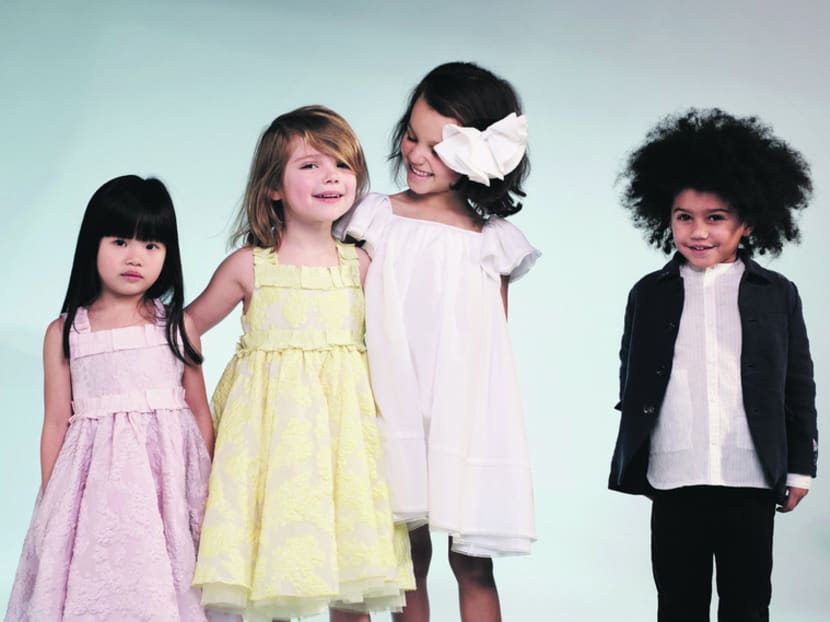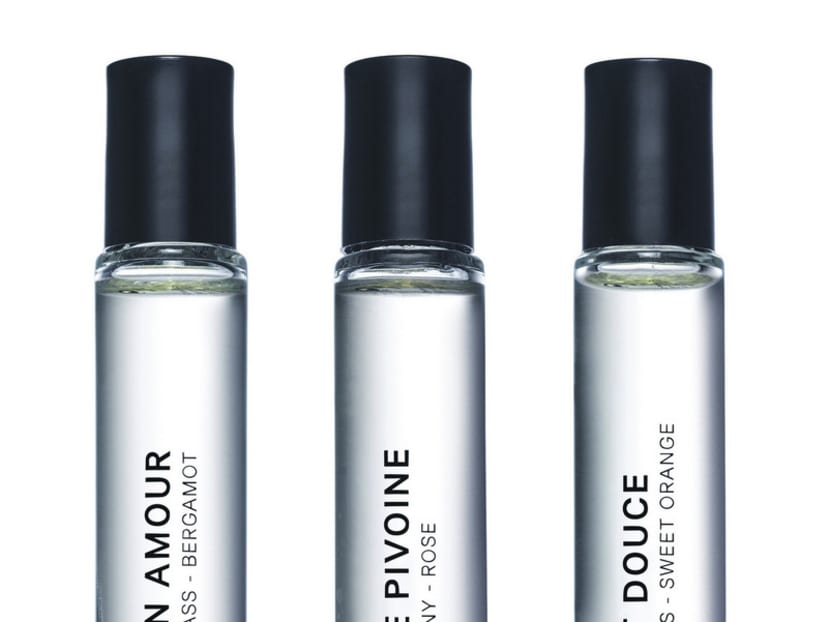From junk to high fashion
SINGAPORE — Forays into sustainable fashion have included vegan leather shoes, organic cotton clothing, and ethically produced threads.




SINGAPORE — Forays into sustainable fashion have included vegan leather shoes, organic cotton clothing, and ethically produced threads.
But the struggle has been to make truly sustainable pieces look high-end. It seems that high street brand H&M is leading the charge in this area.
The retailer has rolled out its sixth Conscious collection, casting a spotlight on reclaiming shoreline waste.
The piece de resistance of this latest Conscious Exclusive collection is a plisse pleat gown made from Bionic, a polyester created with recovered shoreline waste. The plastic from 89 bottles is used to create the material for each gown.
Accessories include a fishnet bag made from recycled shoreline waste, as well as earrings made from recycled glass and plastic.
With these, H&M aims to propel the concept of sustainable fashion into mainstream consciousness.
“We show that sustainable fashion can look this good,” said Ann-Sofie Johansson, creative adviser at the H&M head office in Sweden.
“I think people still have a bit of a misconception when it comes to sustainable fashion — that it is beige shirts and linen things that used to exist in the 1980s and 1990s,” she said in a telephone interview with TODAY.
She added the the Conscious Exclusive collection is very much about occasion pieces.
“It should be (about) beautiful and precious clothes that are timeless — you can save and wear them over and over again. You should feel a little bit dressed up in them.”
With all sustainable fabrics, the challenge was to make them refined and delicate, Johansson said.
Although “working with embellishments and decorations, for example, is still a big challenge”, H&M has come a long way in developing the fabrics.
The plisse pleat gown, for instance, would not look out of place at a gala dinner or red carpet event.
Attention to detail, as with any luxe piece, is crucial.
“It was important to make the insides of the garment really beautiful as well,” she said.
Prices start at S$59.90 for a pair of earrings, and tops cost S$99.90. Dresses and gowns range from S$299 to S$499. The materials used in the collection include recycled polyester, recycled tulle, and organic linen, cotton and silk. Those sit alongside more conventional materials such as viscose and Tencel.
According to the H&M group’s Sustainability Report, the fashion label aims to use 100 per cent sustainably sourced or recycled materials in all its items by 2030. The brand currently uses recycled or sustainably sourced materials in 26 per cent of its products.
This year, the Conscious collection also presents a children’s range for the first time. Shoppers will be excited to see tulle dresses for girls and structured blazers for boys.
“We would like to dress everyone in Conscious Exclusive,” Johansson said. “The kids’ collection is a little bit of a mini-me version of the grown ups’.”
Prices for the kids’ range start at S$24.90 for an organic cotton shirt, to S$139 for a dress with materials such as recycled polyester — 59 per cent of the dress is made of this — and organic silk.
Also included for the first time is a range of organic perfume oils.
“The reason is that the inspiration for the collection comes from the human senses ... not only how something looks, but also how it feels, smells and sounds,” Johansson said. The scents available include Lemongrass-Bergamot, Peony-Rose, and Green Leaves-Sweet Orange (S$59.90 each).
Sustainable fashion, said Johansson, is “the only way we can continue to exist in the future”.
She added: “We want to continue, of course, to be a successful company and be able to let people enjoy the fashion, but in a sustainable world. (We want to) secure a more sustainable fashion future.”
Since premiering its Garment Collecting initiative, which got its start in 2013, the H&M group has collected 39,000 tonnes of unwanted textiles worldwide. By 2020, the company aims to collect at least 25,000 tonnes of textiles each year.
The brand also ran a contest calling for innovators of sustainable materials to submit entries for ideas on sustainable fabrics. Five winners were picked for the annual Global Change Award this year.
Their entries included a vegetal leather made from wine-making waste products — such as grape skins and stalks — and even a “manure” textile made from the waste of animals. The winners were awarded grants of between 150,000 to 300,000 euros (S$225,000 to S$450,000) each, and will use the money to take their ideas into the prototype stage.
The new H&M Conscious Exclusive Collection 2017 is now available in stores and online.










